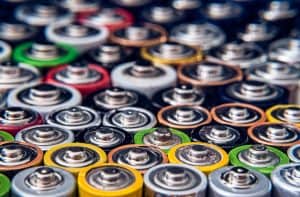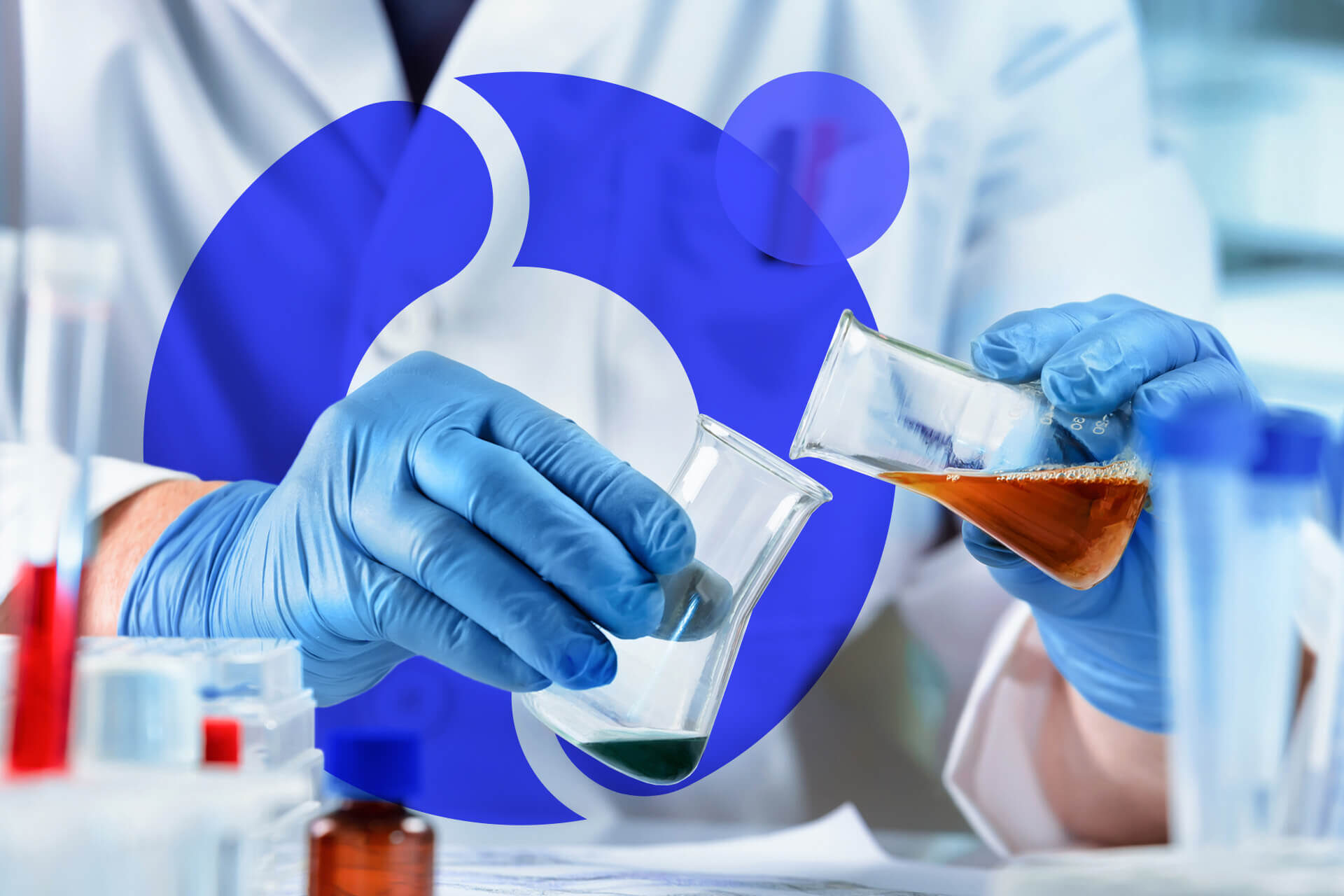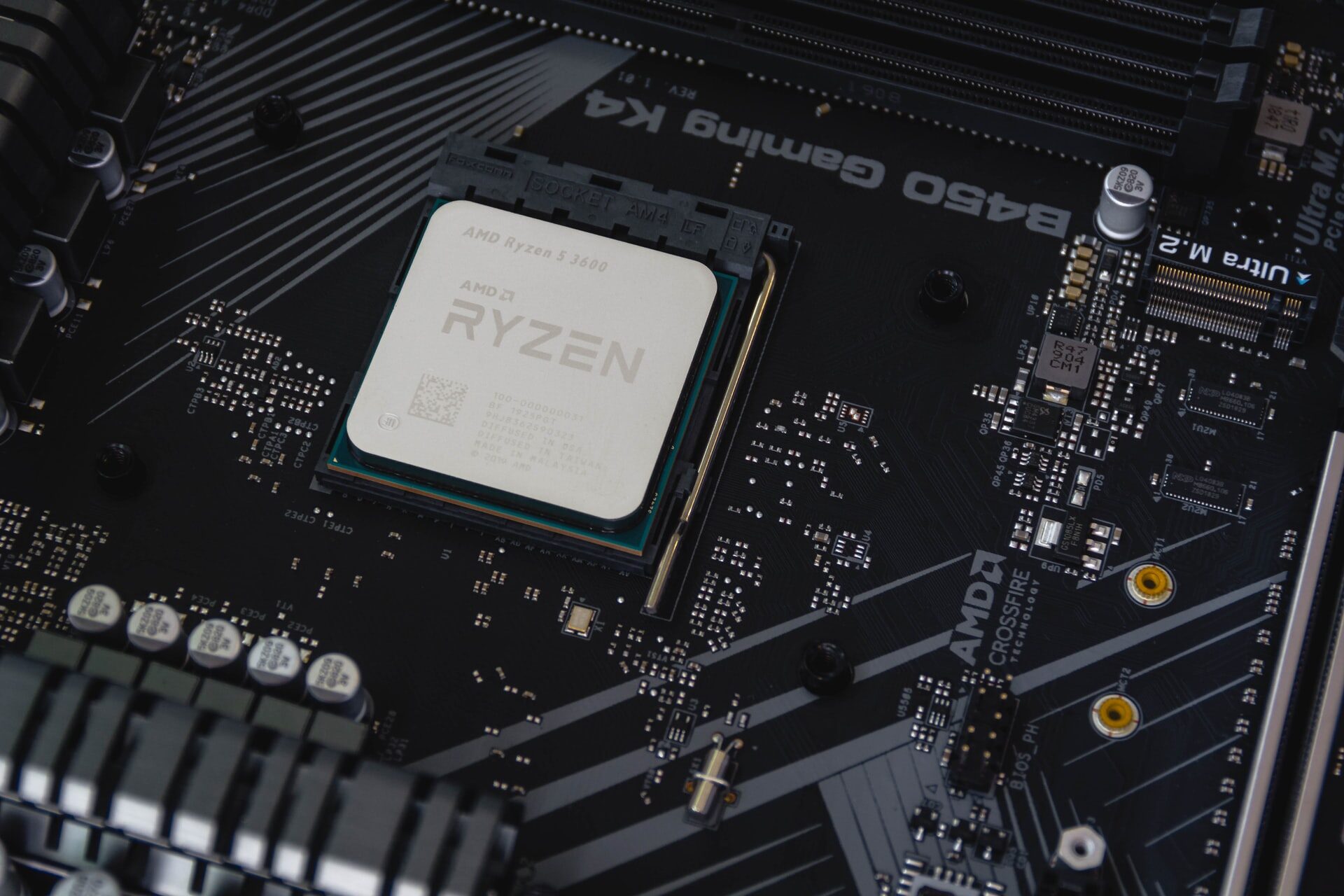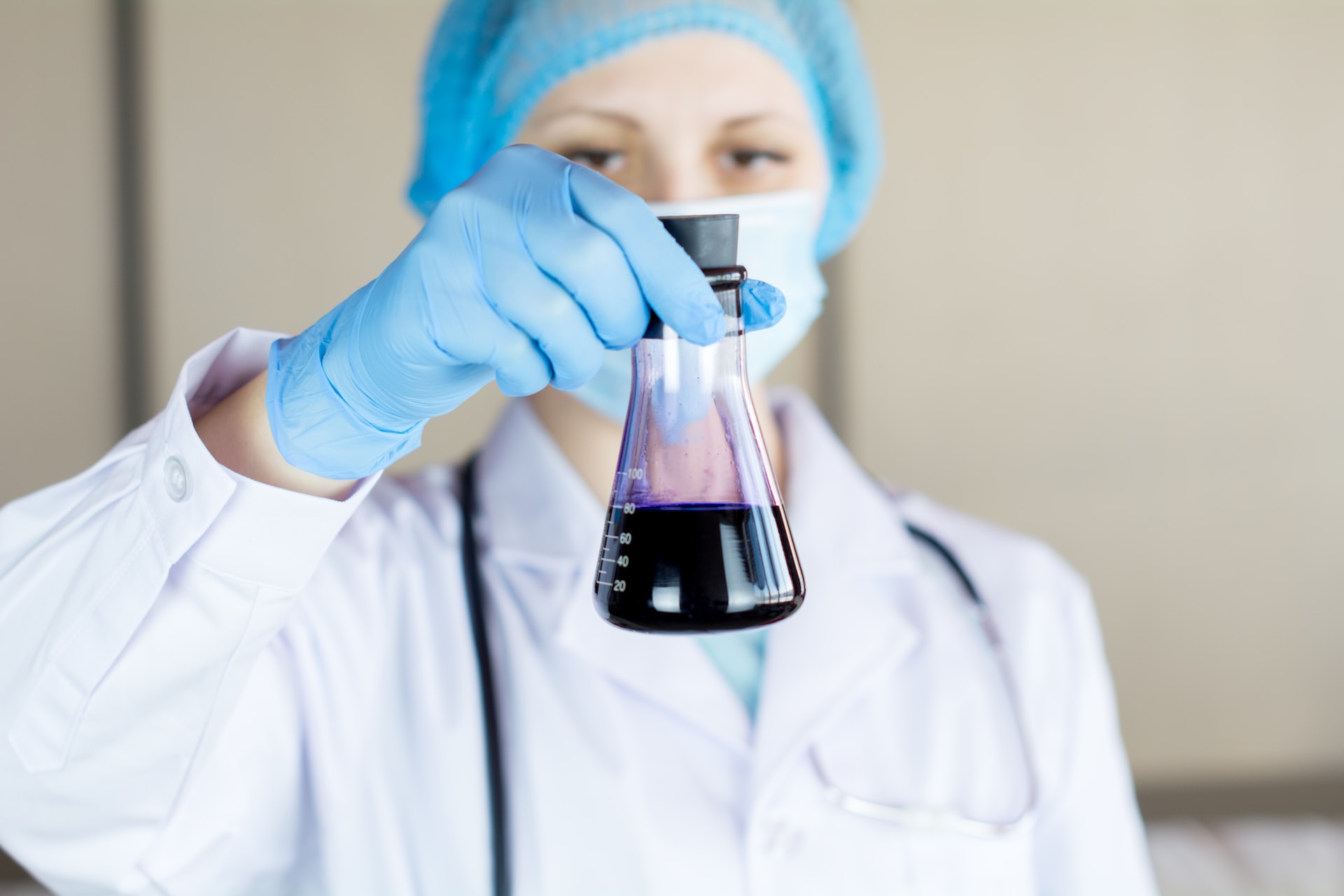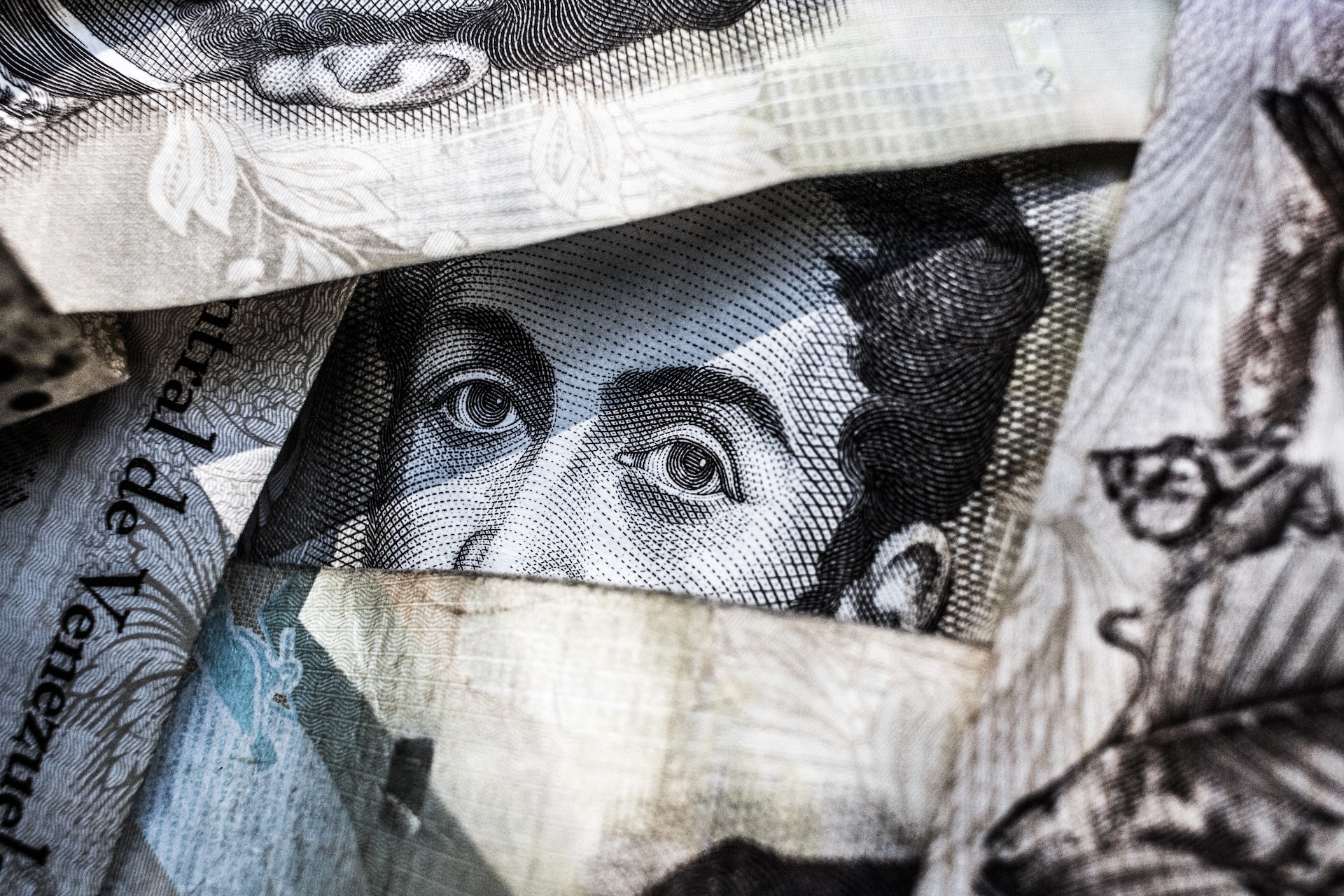
How Chemical Composition Analysis Solves Crimes
March 31, 2023 - Emily Newton
Revolutionized is reader-supported. When you buy through links on our site, we may earn an affiliate commision. Learn more here.
Anyone who enjoys crime dramas is familiar with the trope — while combing through the evidence at a murder scene, investigators take a sample of a shirt with suspicious red stains on it. After sending it to the lab, the report comes back positive for human blood. But what kind of tests did the chemists actually perform? Here’s a look at how chemical composition analysis identifies evidence.
Blood
Criminals often cover their tracks by removing evidence from a crime scene, and blood can also soak deep into carpets, hardwood floors and soil. Thankfully, chemists can detect blood invisible to the naked eye.
There are two main categories of blood tests chemists use to solve crimes. The initial screening tests, called presumptive or preliminary tests, establish the possibility that blood is present. Confirmatory tests conclusively identify the substance as blood.
Preliminary Tests
Investigators may perform these tests on the scene, but often, they take the sample with them to the lab for chemists or forensic science technicians to examine. The forensic science technician job outlook is booming, projected to grow 11% from 2021 to 2031.
To collect a wet blood sample, investigators or technicians swab the blood, let it dry and then wrap the swab in paper to ship it — sealing it in plastic promotes mold growth. To collect a sample of dried blood, they wet the swab itself and rub it vigorously into the stain.
There are several types of preliminary tests for blood. What they all have in common is their ability to make bloodstains brighter, whether by changing color or actually glowing in the dark.
For example, the Kastle-Meyer test uses phenolphthalein to turn blood stains bright pink. A guaiacum test is especially helpful for detecting blood in feces by turning the sample bluish-green. The benzidine test uses benzidine, hydrogen peroxide and glacial acetic acid to produce a vivid blue color when coming in contact with blood. These three tests rely on oxidation to create a color change.
Mixing luminol and hydrogen peroxide causes a dramatic chemical reaction in the presence of blood. That’s because blood contains iron, which catalyzes the reaction between hydrogen peroxide and luminol. It causes previously hidden stains to become chemiluminescent, glowing bright blue when the lights are turned out.
This chemical reaction doesn’t last long. Investigators snap photos of it as soon as possible, taking note of the shape of any bloodstains for their forensic analysis.
Confirmatory Tests
A color change test is helpful, but it can produce false positives. What if the blood came from an animal? A more reliable method of chemical composition analysis is to examine the sample under a microscope after adding a chemical agent.
The Takayama test treats a small amount of blood with a chemical solution, which causes hemochromogen crystals to form. Under a microscope, they look like pink rhomboids. The RSID test for human blood uses antibodies to detect the presence of human glycophorin A, which is found in red blood cells.
ABAcard HemaTrace test strips look for the presence of human hemoglobin. A bright pink dye band appears on the test strips only in the presence of human blood.
Drugs
Law enforcement officers usually employ infrared spectroscopy to identify drugs like heroin or cocaine. The computer screen displays, in descending order, a breakdown of the substance’s chemical makeup. Simply placing the chemicals under the spectrometer often yields a positive result. Other times, lacing agents and concealing agents — like sugar or flour — can throw off the machine.
In these cases, chemists first dissolve the substance in methanol. Starches, such as corn or wheat flour, are insoluble in methanol. Once the solid material settles in the liquid, chemists may heat the mixture so the solvent will evaporate. They can then place it into the machine and get an accurate chemical composition analysis.
Further tests can help confirm or deny the spectrometer’s conclusion. Color testing is a presumptive identification technique that involves dropping a tiny amount of the mysterious substance into a dish. Chemists then add reagents and watch for color changes. For example, orange may indicate that the sample contains amphetamine, while pink indicates cocaine is not present.
Explosive and Flammable Substances
Chemical composition analysis is useful for determining whether someone shot a gun or committed arson. When investigating arson, chemists may place a substance found at the crime scene into a container with a carbon tab attached to the lid.
When they heat the sample in an oven, the carbon tab absorbs any volatile compounds given off by the substance. Next, chemists use a solvent to extract the compounds from the carbon tab. They place the compounds into a gas chromatography-mass spectrometer to analyze them.
To identify gunpowder, chemists commonly employ energy dispersive X-ray analysis (EDX) or Scanning Electron Microscopy (SEM) for chemical composition analysis.
Alcohol
Blood alcohol levels can convict someone of a DUI (Driving under the influence) offense. To test a blood sample for alcohol content, chemists place the blood in a special vial that has a large empty space under the lid. They transfer the vial into a heated headspace autosampler which then places the vial into an oven.
Heating the blood forces the volatile alcohol into the space at the top of the vial. After removing the vial from the oven, chemists take a sample from the top of the container and transfer it into a gas chromatograph, which then determines how much alcohol is present.
Ink
Counterfeit money, threat letters and squid have one major thing in common — ink. The United States Secret Service has a library of thousands of different brands of ink, and when analyzing a fake dollar bill or ransom note, chemists can compare the pigments from the source material to one of the colors in their collection.
That’s because black ink isn’t really just black. Instead, it’s a mixture of colors, all of which will spread out in distinct lines on a wet piece of paper. Like a spectrograph, these unique color streaks can identify specific brands of ink. Chemists can then examine the printers, pens and markers at the crime scene and see if the same type of ink is present.
Solving Crimes Via Chemical Composition Analysis
Analyzing chemicals is true detective work, with forensic chemists being the closest thing to a modern-day Sherlock Holmes. Trace amounts of blood or lighter fluid can paint a picture of the crime committed at the scene. And, thanks to science, criminals have a much harder time covering their tracks.
Revolutionized is reader-supported. When you buy through links on our site, we may earn an affiliate commision. Learn more here.
Author
Emily Newton
Emily Newton is a technology and industrial journalist and the Editor in Chief of Revolutionized. She manages the sites publishing schedule, SEO optimization and content strategy. Emily enjoys writing and researching articles about how technology is changing every industry. When she isn't working, Emily enjoys playing video games or curling up with a good book.
